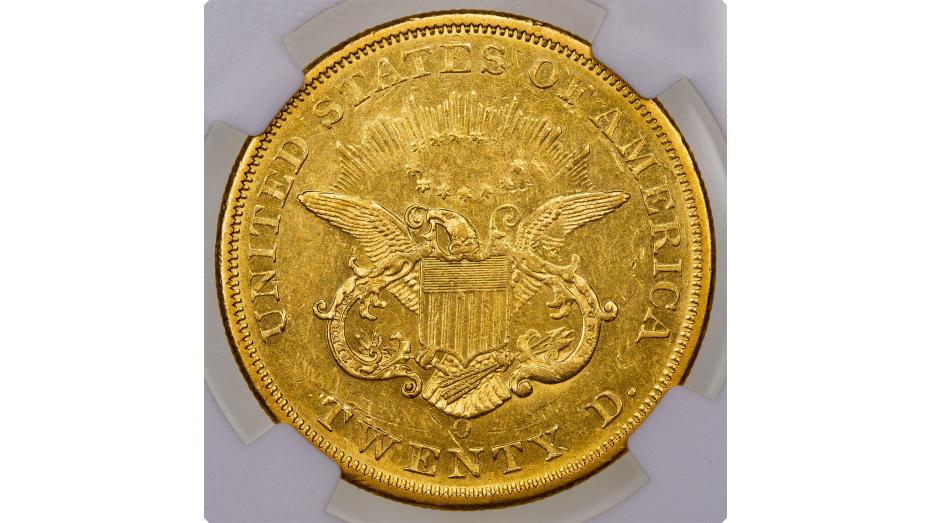The Origin of the O Mintmark
With the passage of the Coinage Act of 1792, the United States had established its first mint in Philadelphia. While this single mint had been sufficient for thirteen states, by the 1830s the country’s expansion had pushed the Mint’s capabilities to the brink. In a time before railroads, automobiles, or aircraft, coinage and bullion were too heavy to transport efficiently. When gold was discovered in several locations throughout the American South, the need for branch mints became an absolute necessity.
The federal government responded by establishing three new mints, in Charlotte, Dahlonega, and most importantly, New Orleans. At the time, New Orleans was not only one of the country’s largest cities, it was also the largest center for foreign trade in the nation. Located at the mouth of the Mississippi River, New Orleans offered the perfect combination of location and infrastructure for a new branch mint.
Designed by the famous architect William Strickland, the New Orleans Mint was a welcomed addition to the city. Strickland, however, was a Philadelphia native who was accustomed to building on a solid bedrock foundation. As a result, the New Orleans Mint suffered from numerous structural setbacks early on. Since the soft soil and high water table of New Orleans was not accounted for, the Mint began to sink and shift. Eventually, the building required iron rods to be sunk between the floors in the 1840s and a redesign of the basement in the 1850s.
Despite these numerous setbacks, the New Orleans Mint was able to begin striking coins on May 7th, 1838, with the production of 30 dimes. Unlike the Charlotte and Dahlonega Mints, the New Orleans Mint struck both gold and silver coins, and in much greater quantities. The mint struck a wide range of denominations, from half dimes, nickels, and half dollars, all the way up to ten-dollar eagles and twenty-dollar double eagles.
In 1861, during the Civil War, the Confederate States of America seized control of the New Orleans Mint and briefly used its facilities to produce coinage. Soon after, the Confederacy ran out of bullion and used the building as housing quarters for troops. This lasted until the Spring of 1862, when United States Navy Admiral, David Farragut recaptured the Mint for the Union.
After the Civil War’s end, the Mint went unused until 1876, when it reopened as an assay office. Of the three Southern mints, the New Orleans Mint was the only one to strike coins after the Civil War’s end. The passage of the Bland-Allison Act in 1878 mandated the purchase and coining of massive amounts of silver every year, more than the Philadelphia and San Francisco Mints could produce. Thus, the New Orleans Mint was reactivated with new equipment. While it was primarily opened to strike Morgan Dollars, the Mint also struck dimes, quarters, half dollars, gold half eagles, gold eagles, and for 1879 only, gold double eagles. With only 2,325 examples struck, the 1879-O Liberty Head Gold Double Eagle is one of the most important dates in the series.
The New Orleans Mint struck its final coins in 1909 before being formally decommissioned and sending its machinery to the Philadelphia Mint. Afterwards, the mint building served a variety of functions, first as an assay office, then a federal prison, and finally it was repurposed as a museum celebrating the Mint’s production, and other facets of New Orleans.
Today, Morgan Silver Dollars and other coins of the New Orleans Mint are among the most historic numismatic rarities available for collectors. To add stunning O mintmark coins to your collection, make sure to check out our selection.






